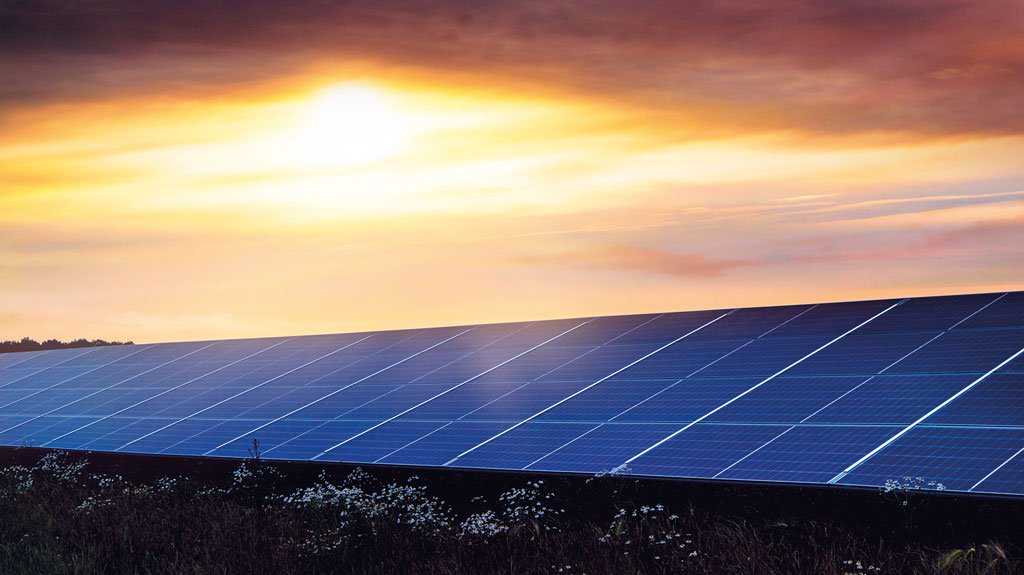Bangladesh’s energy conundrum

In spite of being the “Next Eleven” emerging economies of this century, Bangladesh is witnessing a trend of moving backwards in terms of energy consumption. Balancing the capitalization on the recent growth rate, while ensuring sustenance of such by not hampering the environment, has become a two-faced obstacle in the way of the industrialization of Bangladesh.
In developing economies, growth in modern sectors like industry, motorized transportation, and urban development requires gigantic growth in energy consumption. But it should also be kept in mind that energy use also reflects climatic and geographic factors. Energy usage has been growing rapidly in low and middle-income countries, with Bangladesh being no exception. Total energy use refers to not only refined petroleum products and nuclear power-based energy consumption, but also to the power usage that comes from combustible renewables, industrial and municipal waste including solid biomass and animal products, and liquid and gas from biomass.
Leaning upon naturally devastating and expensive energy resources like coal and nuclear power plants, in spite of having the scope of using low-cost renewable energy sources, has raised a burning question about the course of Bangladesh’s power-sector policies. The fact of the cost declination of renewable sources is clearly seen in a recent report by the International Renewable Energy Agency (IRENA).The cost of installing 1MW capacity of a solar power plant has been reduced to Tk11 crore from Tk35 crore between 2010 and 2017.
Again, global average cost of electricity (excluding government incentives) from solar photo-voltaic has decreased from Tk28.8/kwh in 2010 to Tk8/kwh in 2017, a solid 72% reduction.Presently, per unit wind and solar electricity is being produced at lower than Tk 3.5 crore. India has set a prominent example regarding the reluctance towards coal, and leaning upon renewable energy. India’s Central Electricity Authority has shown reluctance towards coal plants having lesser profit and proposed shutting down nearly 50,000MW of coal capacity by 2027.
It is important to note that the global cost of coal-induced environmental pollution and health hazards have reached a historical high. The Rampal coal-based power plant, expected to fulfill a chief portion of total energy demand of Bangladesh, has been considered one of the major destroyers of physio-chemical conditions of Mongla and the Sundarbans by the Environmental Impact Assessment (EIA).
It is indicating that climate, topography, air and water quality, land-use pattern, aquatic ecosystems, floral and faunal diversity, capture fisheries, and tourism of the Sundarbans and the surrounding areas would be affected by the proposed power plant. A recent study by Khulna University saysthe benefits of Rampal is very poor are far lower than the negative irreversible impact. Even UNESCOhas raised concerns and anxieties about the impacts of Rampal on the Sundarbans.
According to “Environmental assessment guidelines” by Asian Development Bank (ADB), a coal power plant uses only 33-35% of the coal's heat to produce electricity, and rest of the heat is released into the atmosphere. After using billions of gallons of cooling water, they are released back into the lakes, rivers, or oceans with chlorine or other toxic chemicals, causing thermal pollution, infertility of soil, and destruction of aquatic life.
According to a joint study by University of Rajshahi and Shahjalal University of Science and Technology,the pH values, heavy metal, and organic carbon in the farmland soil suggest that coal mining deteriorated the surrounding water and soil quality.
Apart from the establishments of coal and nuclear power plants, Bangladesh is on the way to have one of the leading markets of solar house systems (SHS) in the last two decades. It has seen the installation of around four million SHS, including some great initiatives by the government, trying to introduce the practice of using renewable energy and compensate for the loss and damage.
But this scenario disguises the grim certainty of some unavoidable factors, like poor quality of a few solar panels which barely contribute to the “solarization” of the country, improper tax incentives, lack of local manufacturing focal points, inappropriate policies, non-regulated pricing, limited authority of Sustainable And Renewable Energy Development Authority, etc.
It is high time our government moved to clean energy from non-renewable based power generation.
Source: https://www.dhakatribune.com
Tags :
Previous Story
- IDLC earnings weighed down by subsidiaries
- Aussie firm opens $10m hanger factory
- Trade gap with India stood at $7746.13m in...
- Fahim gets support from association group as FBCCI...
- Government committed to revitalizing silk sector
- Japan commits to help boosting Bangladesh agriculture: Razzak
- RMG industry as the major employment sector
- Bangladesh: the Government challenges the Accord